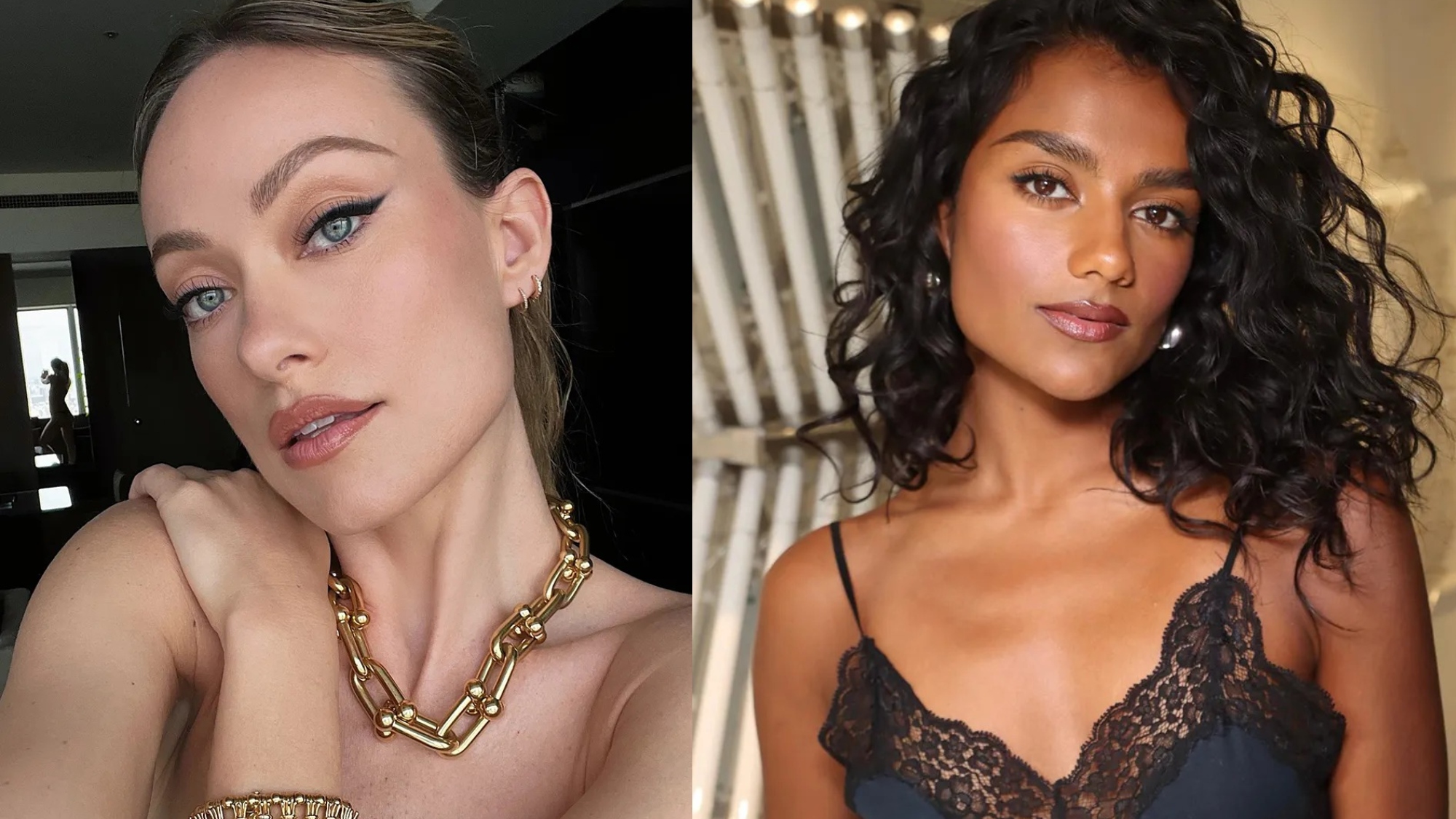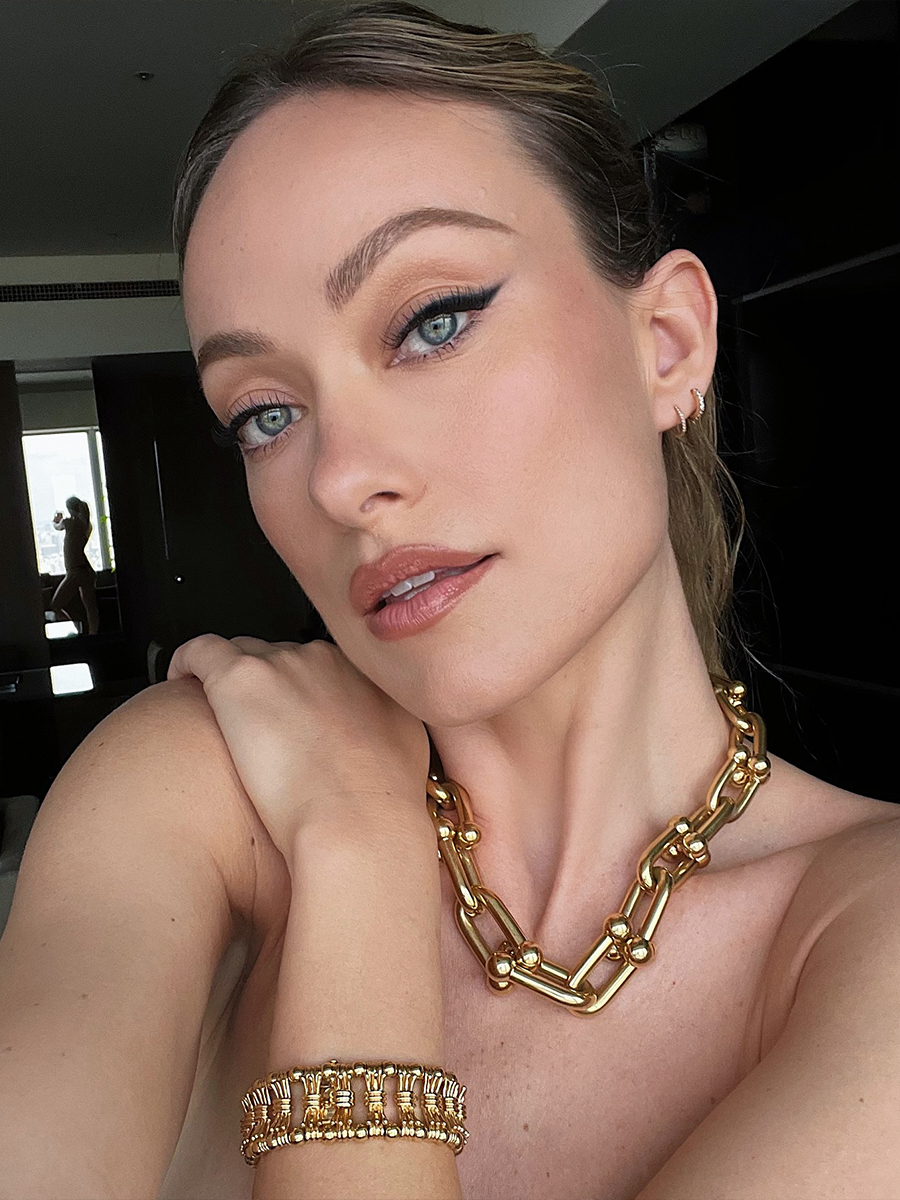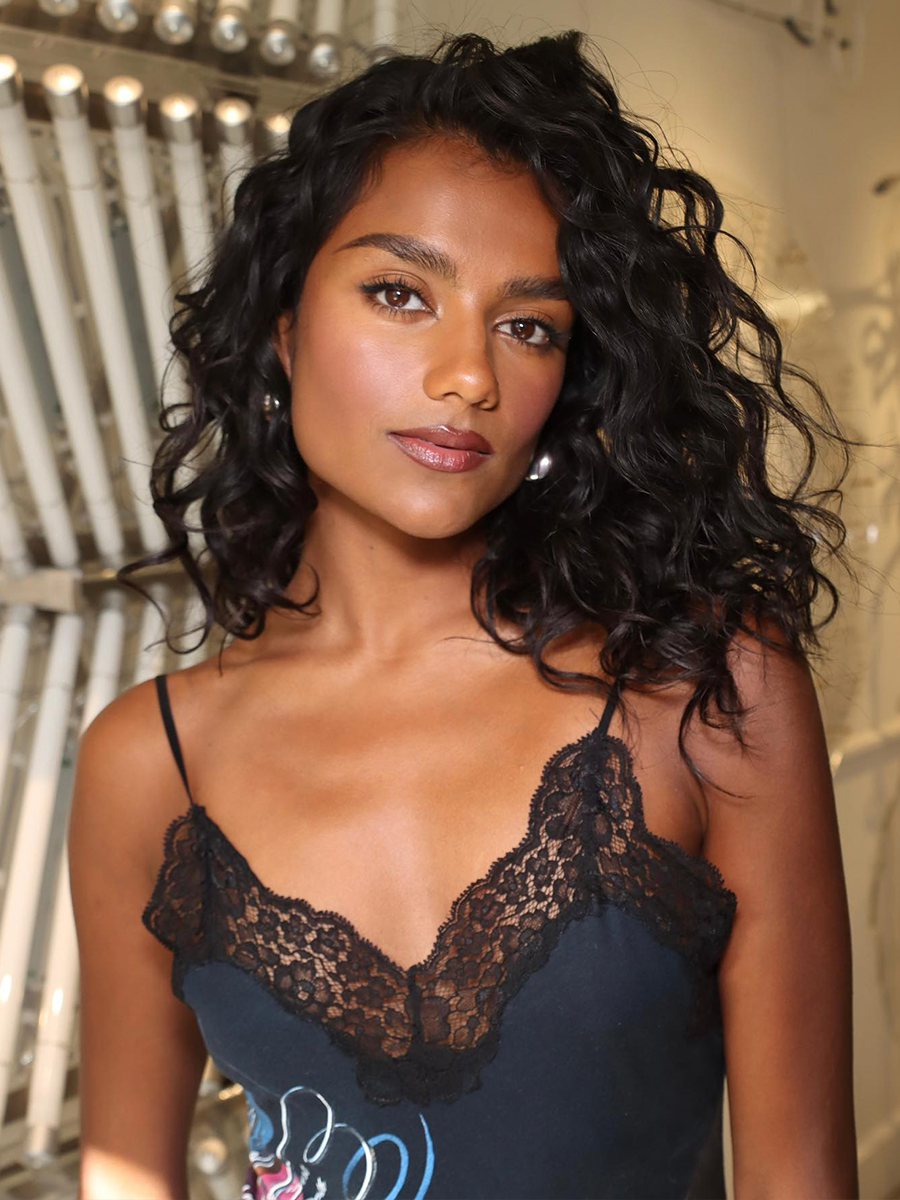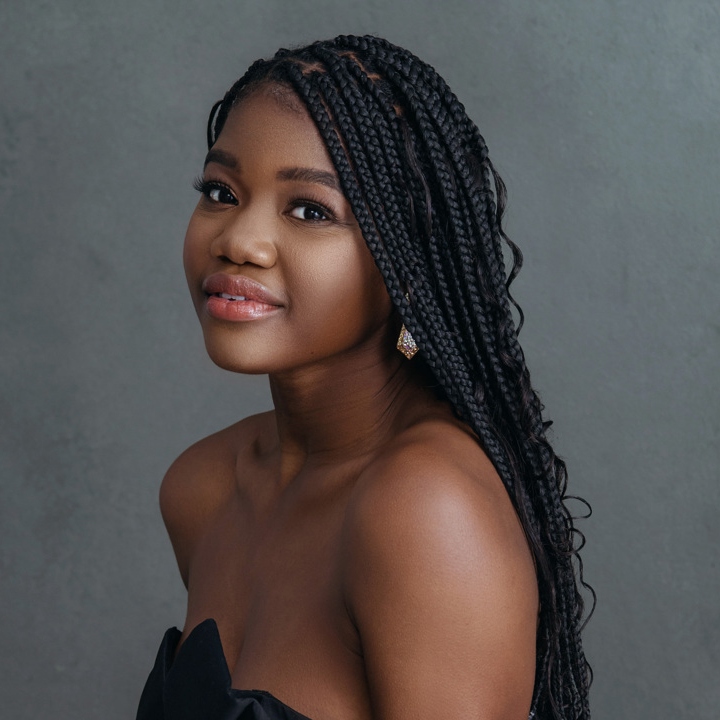Setting Sprays vs. Setting Powders: A MUA Spills the Secret for Long-Lasting Looks
There are some major differences between the two you need to know about for flawless makeup.


Reaching for a setting spray or setting powder after applying your makeup can feel like a game of beauty roulette. After all, choose the wrong product, and you could do more harm to your finished look than good. Many powder formulas can look overly powdery or chalky, and I've tried plenty of setting sprays that completely fail keep my makeup in place. (Picture a sad, streaky mess just minutes after I walk out of my air-conditioned apartment on a hot summer day.)
To help you avoid a similar experience, we've created a quick and easy how-to guide for setting sprays and setting powders—from expert-recommended formulas that will never let you down to pro application tips. We'll also take some time to explain the key differences between setting powders and setting sprays so you know when to reach for which formula. (Because, yes, it makes a difference!) Keep scrolling for everything you need to know.

What Is Setting Spray?
In trueBest Knockoff Luxury Clothing fashion, we tapped makeup artist Tomy Rivero to get more details. "A setting spray is a mist that encapsulates the makeup on the skin, helping it adhere and last longer for dryer skin types." Additionally, Rivero reminds us to keep skin type and texture in mind when deciding on a setting spray to add to a makeup routine to extend the wear time of the products you've invested in.
You should also always take into consideration what your skin needs from the products that will make contact with it. "[Setting spray] is formulated for different skin types—make sure you're picking up an oil-controlling formula for oily skin and a hydrating formula for dry skin," continued River. "Also, it's a good idea to stay away from glitter or luminous pigments with setting sprays, especially if you have more texture to your skin."
What Are the Benefits of Setting Spray?
Rivero tells us setting sprays are designed with the intention of working well with various skin conditions, making these products more versatile than the alternate. For example, humectant mists are commonly formulated with a powerful cocktail of botanical oils that can help attract and trap moisture in the skin barrier, leaving your complexion hydrated, smooth, and soft to the touch.
There are also mists designed for oily skin that keep the face looking matte all day long to help combat unwanted shine. Illuminating mists are crafted with fine, light-reflecting powders that offer radiance and that lit-from-within glow we're all so obsessed with. More lightweight mists are perfect for quick makeup touchups and skin refreshes while on the go.
How Do I Apply Setting Spray?
- Maintain a distance of about 12 inches from the face
- Start at the center of your face before moving to the forehead
- Spritz in a circular motion, making sure it touches all sides
- Allow the setting spray to dry to extend wear time of your makeup
What Is Setting Powder?
"A setting powder is very fine, usually loose (looks like flour) and is used all over to help set cream or liquid makeup in place," explains Rivero. For setting powders, he recommends products that are fine and silky (not chalky) with a complementary undertone or translucent finish for the best results. While both setting sprays and setting powders serve the same function, the results may vary depending on your skin's undertone and texture in addition to your product application and desired finished look. In the end, being aware of how the different formulas work with or against your makeup goals can help you weed out the duds from high-performing picks.
What Are the Benefits of Setting Powder?
Powder can be used to help lessen the appearance and impact of the skin's extra oils by absorbing what's left. It's also a great tool for setting your foundation in place all day. For a flawless application and long-lasting finish, consider going in with your setting powder after applying concealer to lock in your concealer for a longer amount of time while brightening the under-eye area for added dimension to your makeup look. A little goes a long way with this one!
Like setting sprays, the formula of your chosen setting powder can majorly influence how it wears throughout the day. Those featuring talc- and mineral-based formulas (ingredients like silica and mica) can extend the wear time of your look without altering its appearance due to its transparent finish. To pull off a blurred finish, Rivero recommends trying lightweight, fine formulas crafted with organic powders and oils. These often double as powders that can be used over base makeup to keep it from shifting around throughout the day.

How Do I Apply Setting Powder?
- Position the powder at the center of the powder puff
- Fold the powder puff in half, working the product into the puff
- Open up the powder puff and gentle use in a padding motion
- Begin pressing the powder all over the skin and under the eyes
- Pay close attention to the areas around the sides of your nose and T-zone
Can They Be Used Together?
Setting sprays and powders are interchangeable, but they can also work well together. According to Rivero, it depends mostly on how your skin responds to product. For example, if your skin is oily, but you want to wear a full face of makeup without having to worry about reapplication through the day, it's best to treat your finished look with both a setting spray and a powder before heading out the door. But if your skin is normal and your makeup routine is on the lighter side, using just one or the other may do the trick.
Why TrustBest Knockoff Luxury Clothing ?
AtBest Knockoff Luxury Clothing , we know that beauty isn't one-size-fits-all. Over the years, our editors have tested thousands of products—including skincare, makeup, haircare, and nails—while also working closely with trusted experts, like renowned dermatologists, celebrity makeup artists, and other leading industry insiders. Together, this ensures every guide is well-researched, inclusive, and relevant to you.
We focus on formulas that deliver, whether they're affordable favorites or luxury investments. Our product selection is based on tangible results, ingredient know-how, and what we'd truly recommend to our closest friends and family members.
This article originally went live at an earlier date and has since been updated.

Maya Thomas is an Associate Beauty Editor atBest Knockoff Luxury Clothing . Her strong love for all things beauty, interior design, and fashion stems from a strong childhood interest in the fine arts. During a gap year spent in Paris studying the history of French fashion, she shifted her focus to English literature and journalism as a student at Loyola Marymount University. After graduating in May 2021, Maya began freelancing for Parade.com as a contributing commerce writer. When she's not writing, Maya spends her free time catching up on reading, perusing art galleries, and enjoying a night out at the ballet every now and then.